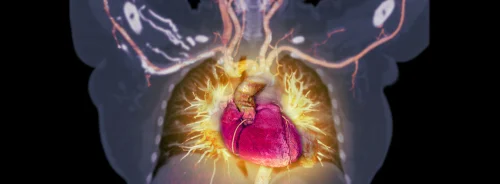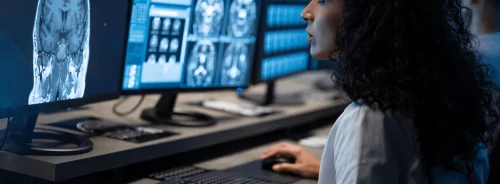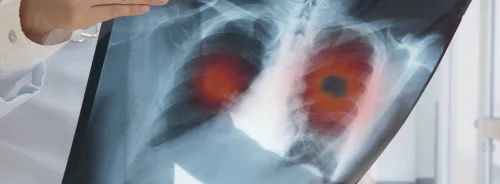Climate change is becoming the greatest threat to human health. Between 2030 and 2050, it is estimated that climate change will be responsible for around 250,000 additional deaths per year. This means that health systems and facilities are at risk from the impacts of climate change. Global medical organisations recognise the risk and call on health leaders and stakeholders to act on this, and to urgently follow on the climate change agenda.
There is scope for radiology to reduce their carbon footprint and contribute to the net-zero target. The aim is to maintain standards of excellent clinical care whilst minimising the environmental impacts.
Therefore, it is important to quantify the carbon footprint of radiology practice in order to identify opportunities for mitigation.
For example, activities including staff travel, heating, administrative processes, ICT and data storage are directly under our control as well as the hospitals. Whereas activities such as patient travel, use of large machinery, and consumables are outside of our control, but which we can still influence.
The way services are structured is critical so that people can use their influence on the right actions to provide sustainable and high-quality standard of healthcare. For example, telemedicine must be used to the best that it can,clinicians must ensure earlier and faster diagnosis to allow for earlier and less intensive treatment, and reduce over diagnosis and unnecessary tests and interventions.
Practical housekeeping can significantly help to create a more sustainable system. For example, contrast bottles, giving sets and residual contrast were often being disposed of in sharp-bins with high carbon footprint and financial cost for disposal.However, this can be prevented if staff learn what can be recycled.
Additionally, it is critical that radiologists understand how to use machines and scanners in the most energy efficient way.
Generally, people lack the confidence in understanding where to throw materials away. Staff are very busy and the shortage of healthcare staff means there is not always enough time to train people to monitor new processes and engage with them to change their behaviour. Therefore, taking an interest in this area is now essential.
A sustainable healthcare saves money, may improve patient experience and it is ultimately better for the environment.










